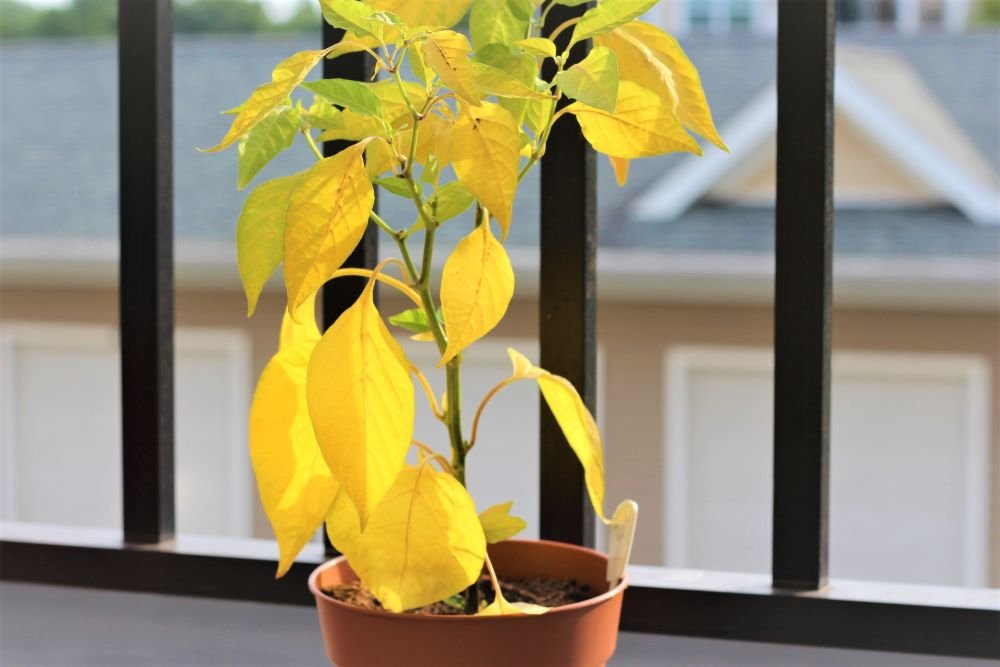
As a plant parent, nothing can be more crippling than seeing your once-dynamic green leaves become yellow. A sign something’s not exactly right, yet dread not! Yellow leaves resemble your plant’s approach to conveying a misery message; with the right consideration, you can make something happen. How about we plunge into the normal reasons for yellow leaves and how to nurture your plants back to wellbeing.
1. Overwatering or Underwatering: Tracking down the Equilibrium
Watering issues are the most widely recognized reason for yellow leaves. A lot of water can prompt root decay, denying your plant of the oxygen it needs. Then again, too little water makes the forgets about dry and yellow. Try to track down the right equilibrium.
Tip: Really take a look at the dirt prior to watering. Assuming the top inch of soil is dry, now is the ideal time to water. Guarantee your pot has seepage openings to keep water from sitting at the base.
2. Light Levels: The Perfect Proportion of Sun
Plants depend on daylight for photosynthesis; ill-advised lighting can prompt yellow leaves. In the event that your plant isn’t getting an adequate number of light, the leaves might begin to yellow and drop. Notwithstanding, an excessive amount of direct daylight can likewise burn the leaves, prompting yellowing.
Tip: Spot your plant where it gets the perfect proportion of light for its species. For instance, most indoor plants flourish in brilliant, roundabout light.
3. Supplement Inadequacy: Feed Your Plants
Very much like us, plants need various supplements to remain solid. An absence of fundamental supplements, especially nitrogen, can make leaves yellow. This is on the grounds that nitrogen is a critical part of chlorophyll, the particle liable for the green shade of leaves.
Tip: Utilize a decent manure like our Plant Food Sticks, during the developing season to keep your plants very much supported. In the case of yellowing endures, think about testing your dirt to check for explicit supplement lacks.
4. Irritations and Sicknesses: Little Agitators
At times, yellow leaves are an indication of vermin or infections. Bugs like aphids, insect parasites, and whiteflies can harm your plant’s leaves, making them become yellow. Contagious diseases can likewise prompt staining.
Tip: Routinely examine your plants, particularly the undersides of the leaves, where irritations like to stow away. In the event that you spot any, treat them with a suitable insect poison or a characteristic cure like neem oil.
5. Temperature Stress: Keep It Reliable
Plants are delicate to temperature changes. Openness to cold drafts, abrupt temperature decreases, or outrageous intensity can pressure your plant, prompting yellowing leaves.
Tip: Keep your plants in a steady climate, away from direct drafts and outrageous temperature changes. Most indoor plants favor temperatures between 65-75°F (18-24°C).
6. Regular Maturing: Part of the Vegetation Cycle
At times, yellow leaves are basically essential for a plant’s regular maturing process. As plants develop, more established leaves at the base might become yellow and drop off to clear a path for new development.
Tip: If by some stroke of good luck a couple of leaves are yellowing and the remainder of the plant looks solid, it’s possible simply normal maturing. You can tenderly prune these passes on to keep your plant looking clean.
Taking Your Plant Back to Wellbeing
Whenever you’ve recognized the reason for yellow leaves, now is the right time to make a move. Change your watering plan, move your plant to a superior lit spot, or give it a supplement support with plant manure sticks. With a touch of care and consideration, your plant will have returned to its rich, green self in the blink of an eye!
Keep in mind, each plant is special, so it might take an experimentation to find what works best. Continue noticing, learning, and in particular, partaking in your excursion as a plant parent!

